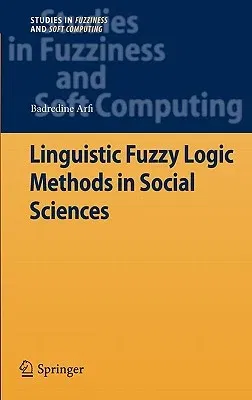Badredine Arfi
(Author)Linguistic Fuzzy Logic Methods in Social Sciences (2010)Hardcover - 2010, 19 June 2010

Qty
1
Turbo
Ships in 2 - 3 days
In Stock
Free Delivery
Cash on Delivery
15 Days
Free Returns
Secure Checkout

Part of Series
Studies in Fuzziness and Soft Computing
Print Length
185 pages
Language
English
Publisher
Springer
Date Published
19 Jun 2010
ISBN-10
3642133428
ISBN-13
9783642133428
Description
Product Details
Author:
Book Edition:
2010
Book Format:
Hardcover
Country of Origin:
NL
Date Published:
19 June 2010
Dimensions:
23.39 x
15.6 x
1.27 cm
Genre:
Science/Technology Aspects
ISBN-10:
3642133428
ISBN-13:
9783642133428
Language:
English
Location:
Berlin, Heidelberg
Pages:
185
Publisher:
Weight:
462.66 gm